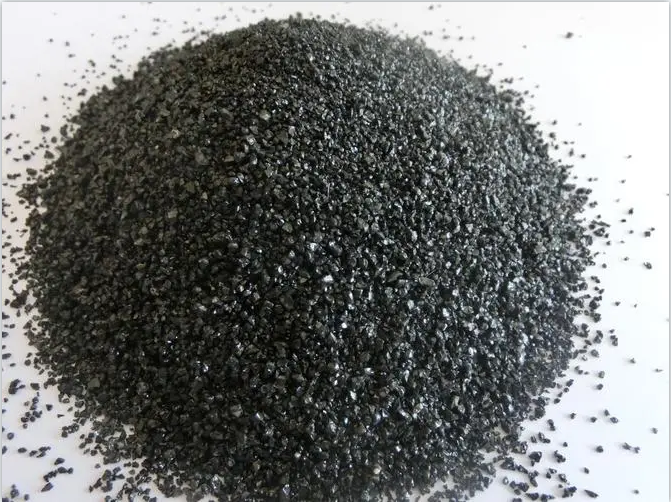
vermiculite and perlite
Vermiculite and Perlite A Comparative Analysis for Horticultural Uses
Vermiculite and perlite are two popular materials used in horticulture that play pivotal roles in enhancing soil structure, aeration, and water retention. Both are derived from natural minerals, yet they have distinct properties and applications that cater to the diverse needs of gardeners and farmers. This article explores the characteristics, benefits, and uses of vermiculite and perlite, along with tips for choosing the right one for your specific gardening needs.
What is Vermiculite?
Vermiculite is a naturally occurring mineral that is processed through a heating process called exfoliation. This process causes the mineral to expand and form lightweight, accordion-shaped flakes. Vermiculite is highly valued for its remarkable water retention capabilities and its ability to hold nutrients, making it an excellent amendment for improving soil structure. The flakes create air pockets within the soil, which enhances aeration, allowing roots to breathe and preventing compaction.
Moreover, vermiculite is pH-neutral, making it suitable for a wide range of plants, especially those requiring a more humid environment. It’s particularly beneficial for seedlings and young plants, as it retains moisture while providing essential nutrients. In addition to its use in potting mixes, vermiculite is often utilized in soilless growing systems and as a component in hydroponics.
What is Perlite?
Perlite, on the other hand, is a volcanic glass that is also expanded through heat. The heating process causes the material to pop and form small, white, porous beads. Perlite is known primarily for its excellent drainage and aeration properties. It creates an open structure in the soil mix, allowing excess water to flow through easily and preventing root rot—a common issue in overly saturated soils.
While perlite does not hold moisture to the same extent as vermiculite, it is an invaluable addition to any soil mix where drainage is essential. It is particularly useful for cacti, succulents, and other drought-tolerant plants that prefer dryer conditions. Additionally, perlite’s lightweight nature makes it ideal for container gardening and in raised beds.
vermiculite and perlite

Benefits of Vermiculite and Perlite
Both vermiculite and perlite offer unique advantages that cater to different gardening needs. Vermiculite’s moisture retention capability is particularly beneficial in climates with long dry spells, while perlite’s drainage properties make it ideal for preventing waterlogging.
Combining both in potting mixes can yield optimal results, as the vermiculite retains moisture and nutrients, while the perlite ensures proper aeration and drainage. This synergy is especially beneficial for container gardening, where maintaining the right balance of moisture is crucial for plant health.
Choosing Between Vermiculite and Perlite
The choice between vermiculite and perlite largely depends on the specific requirements of your plants and the growing conditions. If you are working with seedlings, tender annuals, or moisture-loving plants, vermiculite may be the preferred option. It can help ensure that young plants receive adequate moisture and nutrients.
Conversely, if you are tending to established plants, particularly drought-tolerant varieties, perlite offers the drainage they require. For most general gardening purposes, a combination of both can create a balanced growing medium that supports healthy plant growth.
Conclusion
In summary, vermiculite and perlite are essential additives in modern horticulture, each with unique properties that enhance plant growth. Understanding their characteristics, benefits, and appropriate usages allows gardeners to make informed decisions that will ultimately lead to thriving plants. Whether you choose one or both, integrating these materials into your gardening practices can significantly improve your soil health and plant performance.
Share
-
Premium Resin Coated Sand - High Heat Resistance CastingNewsJul.31,2025
-
High Quality Silicon Carbide Grit for Abrasive ApplicationsNewsJul.30,2025
-
High-Quality Ceramsite for Plants & Gardening | Lightweight PebblesNewsJul.29,2025
-
Premium Burgundy Glass Marbles for Vases & Shooter GamesNewsJul.29,2025
-
High Purity Quartz Sand for Industrial and Ground ApplicationsNewsJul.29,2025
-
High-Quality Barite Powder for Drilling & Industrial UseNewsJul.29,2025






